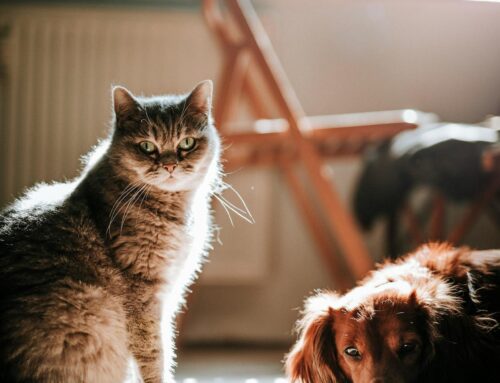Unconventional Litter Box Behavior and Solutions
Cats are known for their peculiar behaviors, and sometimes, their antics extend to the litter box. If you find yourself scratching your head over your feline friend’s unusual litter box habits, you’re not alone. Here’s some advice on navigating this puzzling situation.
Firstly, it’s essential to understand that cats are creatures of habit. Changes in their environment or routine can trigger unexpected behaviors, including litter box issues. In your case, your cat’s transition from an enclosed litter box to an open one likely disrupted her usual routine, leading to her peeing outside the box.
Weight gain can also contribute to litter box woes. If your cat has gained weight, she may find it uncomfortable to navigate in and out of the litter box, leading to accidents. Switching to a larger, longer litter box could offer her more space to move comfortably and reduce accidents.
Additionally, standing up to pee is not uncommon in cats, especially if they feel cramped or uncomfortable in their litter box. Providing a larger, open litter box may encourage her to adopt a more suitable posture for urination.
Introducing a kitten into the household adds another layer of complexity to the litter box equation. It’s crucial to have separate litter boxes for each cat to prevent territorial disputes and ensure that each feline feels comfortable using the facilities.
Here are some practical steps to address your cat’s litter box issues:
- Upgrade to a larger litter box: A bigger, longer litter box can provide your cat with more space to move comfortably and reduce accidents. Choose a box with low sides to accommodate her size and weight.
- Keep the litter box clean: Cats are fastidious creatures and may avoid using a dirty litter box. Scoop the litter box daily and replace the litter regularly to maintain cleanliness.
- Offer multiple litter boxes: If you have multiple cats, provide each cat with its litter box to prevent territorial disputes and ensure that each cat has access to a clean toilet.
- Consult with a veterinarian: If your cat’s litter box issues persist despite your efforts, it’s essential to rule out any underlying medical conditions. Urinary tract infections, bladder stones, or other health issues could be contributing to her behavior.
- Provide environmental enrichment: Enriching your cat’s environment with toys, scratching posts, and interactive play can help reduce stress and anxiety, which may contribute to litter box problems.
Remember, patience and persistence are key when addressing litter box issues. With the right approach and a little understanding, you can help your cat feel comfortable and confident using her litter box again.

Mary Smith – Writer – Finance, Relationships, Our Companions, Art & Culture







